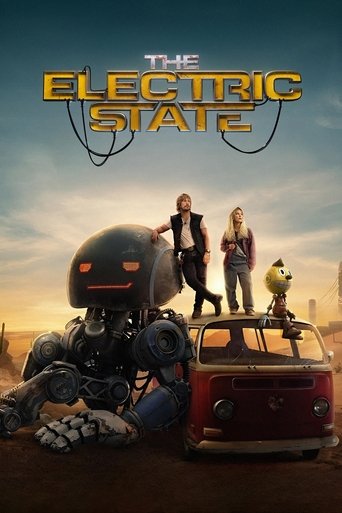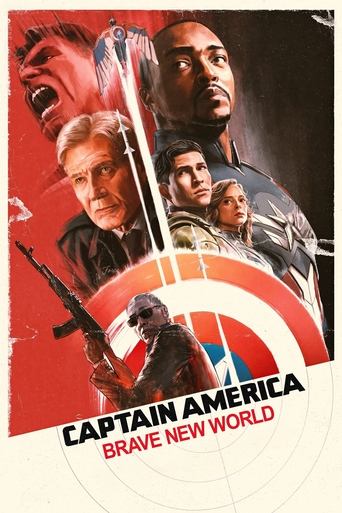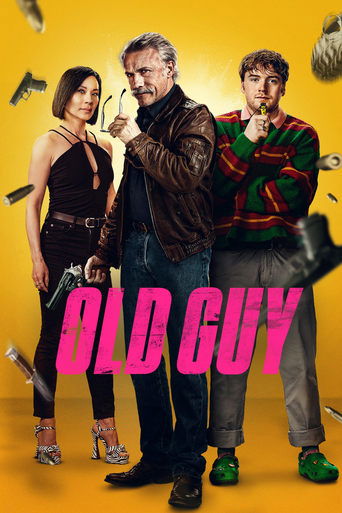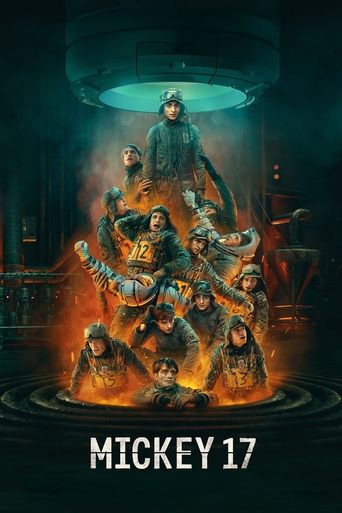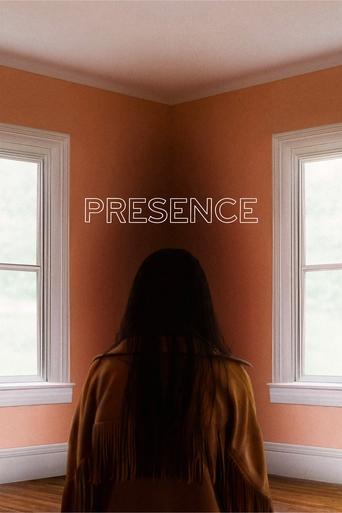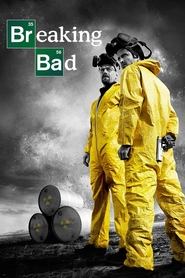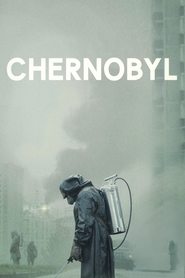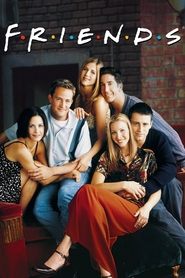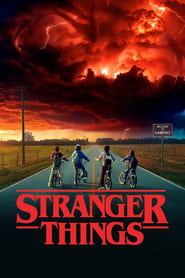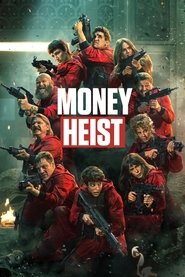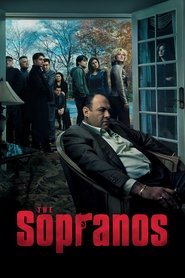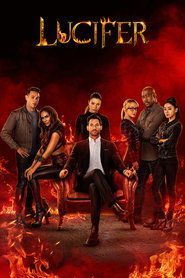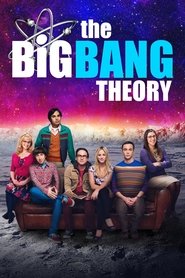Independent Lens - Season 8 Episode 19 Race to Execution
Race discrimination infects America’s capital punishment system. According to a landmark study regarding race and the death penalty, a black defendant who kills a white victim is up to 30 times more likely to be sentenced to death than a white defendant who kills a black victim. RACE TO EXECUTION, a film by Rachel Lyon, traces the fates of two death row inmates, Robert Tarver in Russell County, Alabama and Madison Hobley in Chicago, Illinois. Their compelling personal stories are enlarged and enriched by attorneys who fought for these men’s lives, and by prosecutors, criminal justice scholars and experts in the fields of law and the media.
RACE TO EXECUTION reveals how, beyond DNA and the issue of innocence, the shameful open secret of America's capital punishment system is a matter of race. Once a victim’s body is discovered, his or her race—and the race of the accused—deeply influence the legal process: how a crime scene is investigated and the deployment of police resources, the interrogation and arrest of major suspects, how the media portrays the crime and ultimately, the jury selection and sentencing.
Hugh Kite, a white man, general store owner and mainstay of his rural Alabama community, was murdered during the course of a robbery on September 15, 1984. Less than four months after Kite was murdered, Robert Tarver, a black man, was sentenced to die. The prosecutor at Tarver’s trial rejected all but one of the African Americans qualified for jury service. Eleven white Alabamans and one African American composed Tarver’s “jury of his peers.” And as prosecutors have long known, a trial can turn on who is sitting in the jury box. Recent research indicates the extent to which the make-up of the jury affects sentencing: when five or more white males sit on a capital trial jury, there is a 70 percent chance of a death penalty outcome. If there are four or fewer white males, the chance of a death sentence is only 30 percent.
Whether in the rural South or the inner city North, virtually all-white juries are commonplace—and potentially lethal to black defendants. In 1987, in Chicago, Madison Hobley, a young black medical technician married to his high school sweetheart, lost his wife and son in an apartment house blaze. Hobley was accused of setting the fire. Police officers claimed that Hobley had signed a written confession but that spilled coffee had destroyed the document. A panel consisting of 11 white jurors and one African American juror convicted Madison Hobley and sentenced him to die.
With key 2005 Supreme Court decisions overturning death sentences in Texas and California due to racial discrimination in jury selection, RACE TO EXECUTION offers a timely analysis. The film examines the subtle yet persistent ways in which American culture consistently overlooks matters of race in criminal justice. Neither advocating nor repudiating capital punishment, the film catalyzes dialogues about the inherent imbalances that lead to inaccuracy and unfairness in the application of the “ultimate punishment.”
The film concludes with the exoneration of one man and the execution of another. In both cases, race is a factor impossible to avoid. Yet there are signs that the death penalty is being used less often in the United States and scrutinized differently than it was even five years ago. The Supreme Court heard five death penalty cases in 2005 alone. Is this progress, or are recent reforms still inadequate? The varied voices heard in RACE TO EXECUTION contribute to a thoughtful examination of the factors that influence who lives and who dies at the hands of the state.
Year: 2024
Genre: Documentary
Country: United States of America
Studio: PBS
Director:
Cast: Stanley Tucci
Crew:
First Air Date: Aug 09, 1999
Last Air date: Nov 11, 2024
Season: 26 Season
Episode: 510 Episode
Runtime: 60 minutes
IMDb: 6.83/10 by 12.00 users
Popularity: 241.9125
Language: English
Keyword :
Season
Season 1
Season 2
Season 3
Season 4
Season 5
Season 6
Season 7
Season 8
Season 9
Season 10
Season 11
Season 12
Season 13
Season 14
Season 15
Season 16
Season 17
Season 18
Season 19
Season 20
Season 21
Season 22
Season 23
Season 24
Season 25
Season 26
Episode
Still Life With Animated Dogs
The World According to Sesame Street
Muskrat Lovely
Paul Conrad: Drawing Fire
Democracy on Deadline
Two Square Miles
A Sad Flower in the Sand
Revolucion: Five Visions
Short Stack 2006
A Fish Story
Shadya
Beyond the Call
Twisted
Billy Strayhorn: Lush Life
Motherland Afghanistan
Hip-Hop: Beyond Beats and Rhymes
Can Mr. Smith Get to Washington Anymore?
Stolen
Race to Execution
China Blue
Black Gold
Enron: The Smartest Guys in the Room
The Cats of Mirikitani
Sentenced Home
Knocking
The Wild Parrots of Telegraph Hill
La Lupe Queen of Latin Soul

